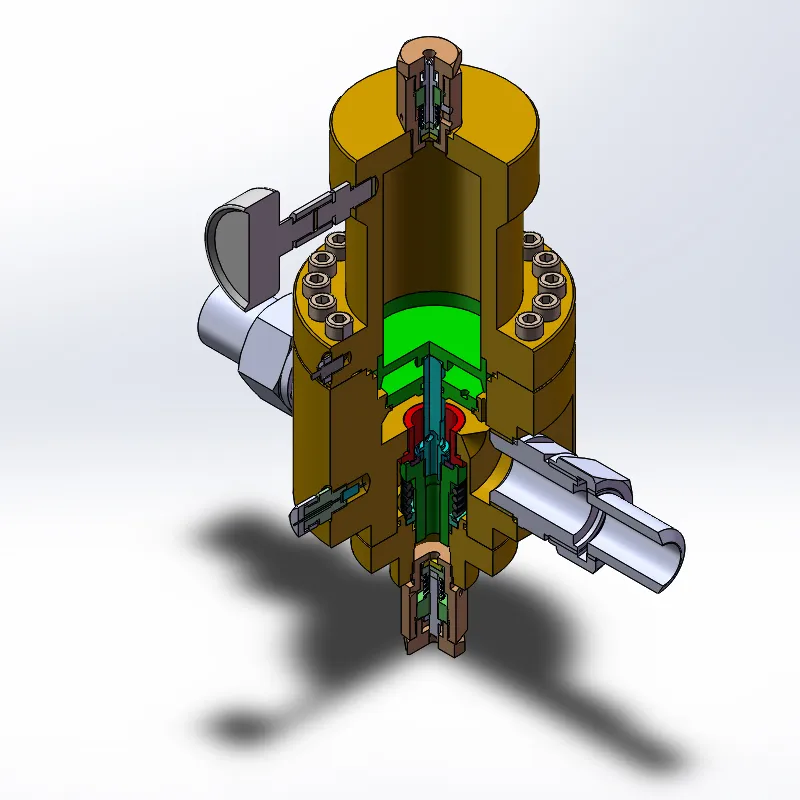
Oct . 18, 2024 19:49
Back to list
Understanding Heat Exchangers for Natural Gas Applications in Energy Systems
Heat Exchangers for Natural Gas
.
Natural gas undergoes various processes before it reaches consumers, including extraction, transportation, and processing. During these stages, managing temperatures is essential, especially to maintain the gas in its desired state and to optimize the efficiency of the entire system. Heat exchangers are used to either increase or decrease the temperature of natural gas, enabling safe and effective handling of this energy source.
المبادل الحراري للغاز الطبيعي

There are several types of heat exchangers utilized in the natural gas industry. The most common types include shell-and-tube heat exchangers, plate heat exchangers, and air-cooled heat exchangers. Shell-and-tube heat exchangers consist of a series of tubes, where one fluid flows through the tubes and another fluid flows around them in the shell, facilitating heat transfer. Plate heat exchangers feature multiple plates that provide a large surface area for heat exchange and are suitable for applications requiring efficient heat transfer in a compact design. Air-cooled heat exchangers use ambient air to cool or heat natural gas and are often used in locations where water is scarce.
The benefits of using heat exchangers in natural gas systems are significant. They enhance energy efficiency by recovering waste heat, which can be reused in the process, thereby reducing fuel consumption and operational costs. Additionally, heat exchangers help maintain the appropriate temperature and pressure levels within the system, reducing the risk of accidents such as condensation, which can lead to pipe corrosion and operational inefficiencies.
In summary, heat exchangers are indispensable in the natural gas industry, playing a vital role in maintaining temperature control, improving energy efficiency, and ensuring safe operations. As the demand for natural gas continues to grow, the importance of efficient and reliable heat exchangers will only increase, making them a key factor in the sustainable development of the energy sector.
Latest news
-
Safety Valve Spring-Loaded Design Overpressure ProtectionNewsJul.25,2025
-
Precision Voltage Regulator AC5 Accuracy Grade PerformanceNewsJul.25,2025
-
Natural Gas Pressure Regulating Skid Industrial Pipeline ApplicationsNewsJul.25,2025
-
Natural Gas Filter Stainless Steel Mesh Element DesignNewsJul.25,2025
-
Gas Pressure Regulator Valve Direct-Acting Spring-Loaded DesignNewsJul.25,2025
-
Decompression Equipment Multi-Stage Heat Exchange System DesignNewsJul.25,2025

